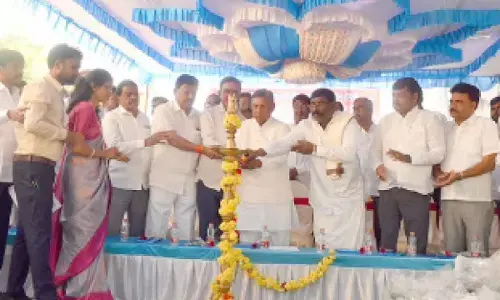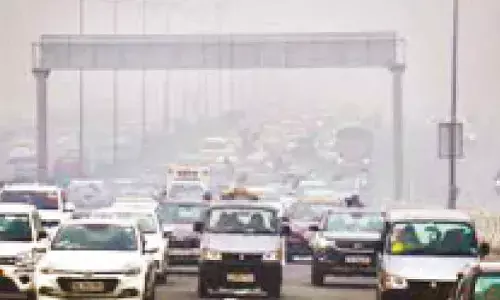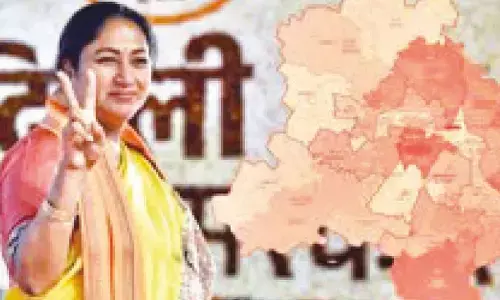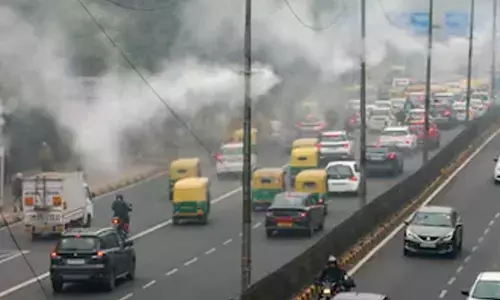Montreal Protocol

The Montreal Protocol, finalised in 1987, is a global agreement to protect the stratospheric ozone layer by phasing out the production and consumption of ozone-depleting substances (ODS).
The Montreal Protocol, finalised in 1987, is a global agreement to protect the stratospheric ozone layer by phasing out the production and consumption of ozone-depleting substances (ODS).
What is Ozone layer?
The stratospheric ozone layer filters out harmful ultraviolet radiation, which is associated with an increased prevalence of skin cancer and cataracts.
The United States ratified the Montreal Protocol in 1988 and has joined its four subsequent amendments.
The United States has been a leader within the Protocol throughout its existence, and has taken strong domestic action to phase out the use of ODS such as chlorofluorocarbons (CFCs) and halons.
The Montreal Protocol has proven to be innovative and successful, and is the first treaty to achieve universal ratification by all countries in the world.
Leveraging global participation, the Montreal Protocol has sent clear signals to the global market and placed the ozone layer, which was in peril, on a path to repair.
This unprecedented global cooperation to address an environmental problem prevented widespread global impacts such as preventing over two million cases of skin cancer per year by 2030, preventing increased prevalence of cataracts, averting damage to agricultural crops, and preventing disruption of marine ecosystems. By 2035, the Parties will have eliminated the vast majority of ozone depleting substances.
The Montreal Protocol’s Scientific Assessment Panel estimates that implementation of the Montreal Protocol will allow the ozone layer to return to its pre-industrial levels by mid-century.
Most recently, the Montreal Protocol Parties in 2016 agreed to the Kigali amendment, which adds a new class of substances to its controls, known as hydrofluorocarbons or HFCs.
Kigali amendment
On October 15, 2016, the 197 Parties to the Montreal Protocol adopted the Kigali Amendment to phase down production and consumption of Hydrofluorocarbons (HFCs) worldwide.
HFCs are widely used alternatives to ozone depleting substances such as hydrochlorofluorocarbons (HCFCs) and chlorofluorocarbons (CFCs) that are already subject to controls under the Protocol.
This amendment creates market certainty and opens international markets to new technology that is ozone and climate friendly.
It calls on all countries to gradually phase down their production and consumption of HFCs in the coming decades using the flexible, innovative, and effective approaches the Montreal Protocol has used for three decades.
This includes allowing countries flexibility to develop individual plans in order to meet their targets. Many countries are already moving to implement early action by developing HFC strategies and moving from using HCFCs directly to HFC alternatives, avoiding HFC growth in some countries before it begins.
The Multilateral Fund of the Montreal Protocol has also funded HFC inventories in over 130 countries, which will help countries begin the planning process for the HFC phasedown.
Global stakeholders endorsed adoption of the Kigali amendment, including most of the major U.S. companies working in the sectors where HFCs are used.
Source: state.gov/e/oes/eqt/chemicalpollution














